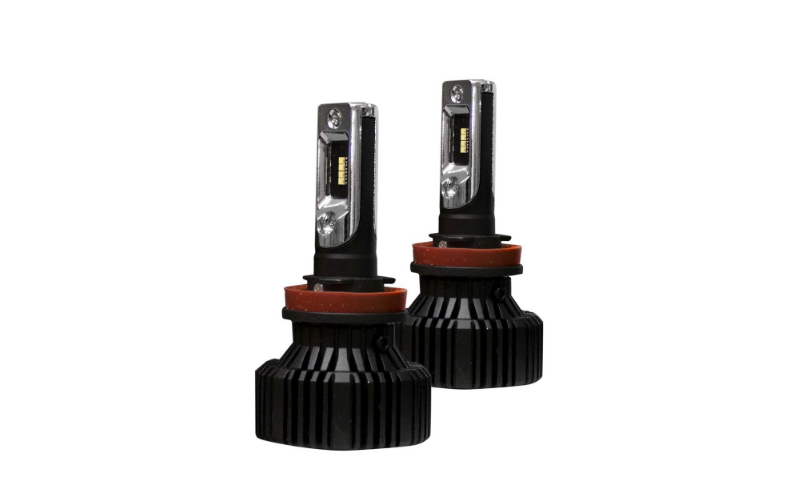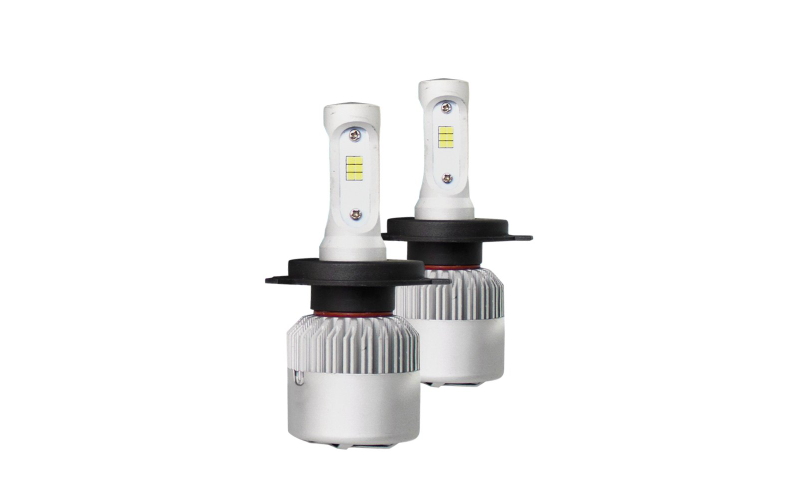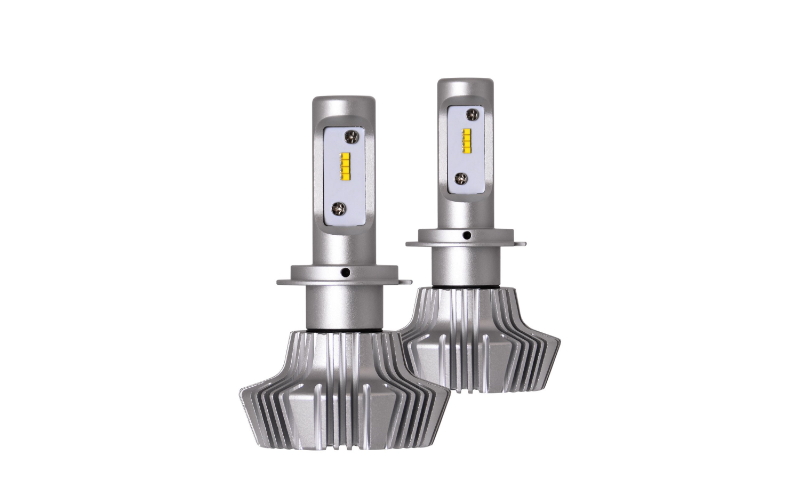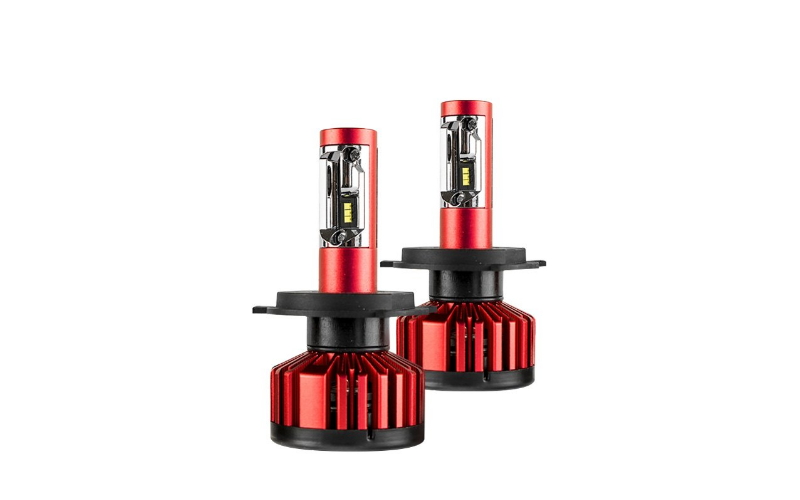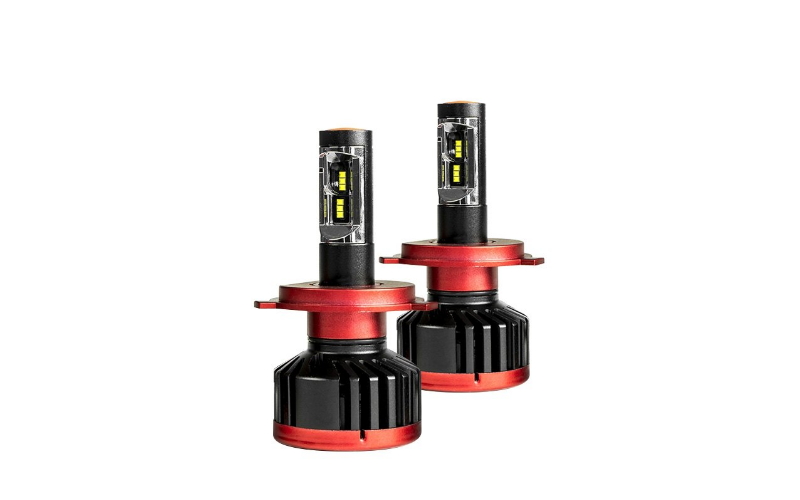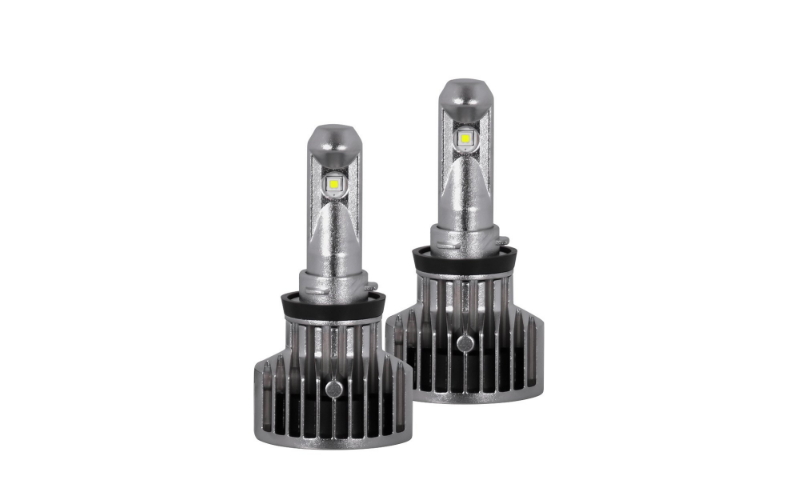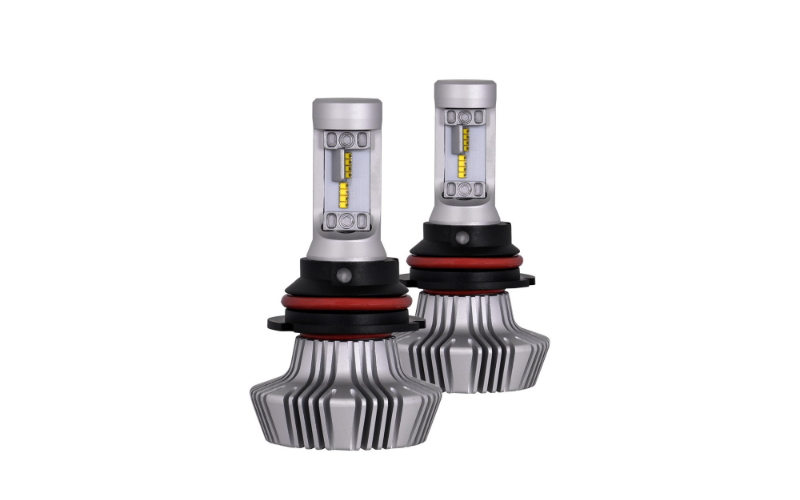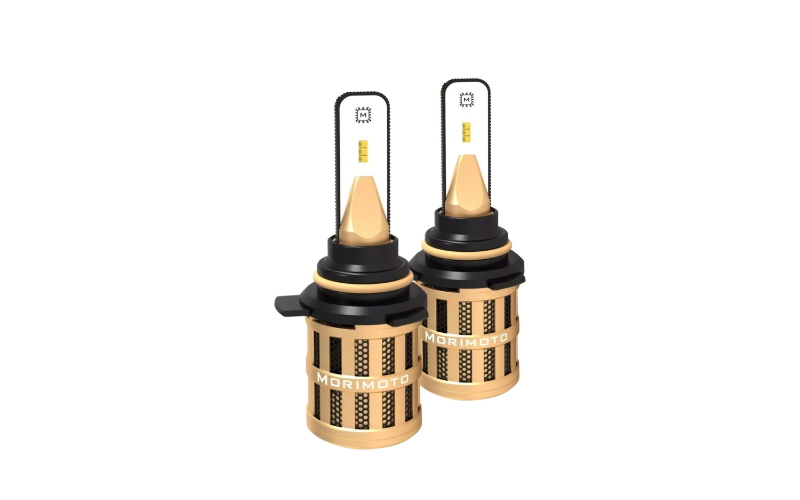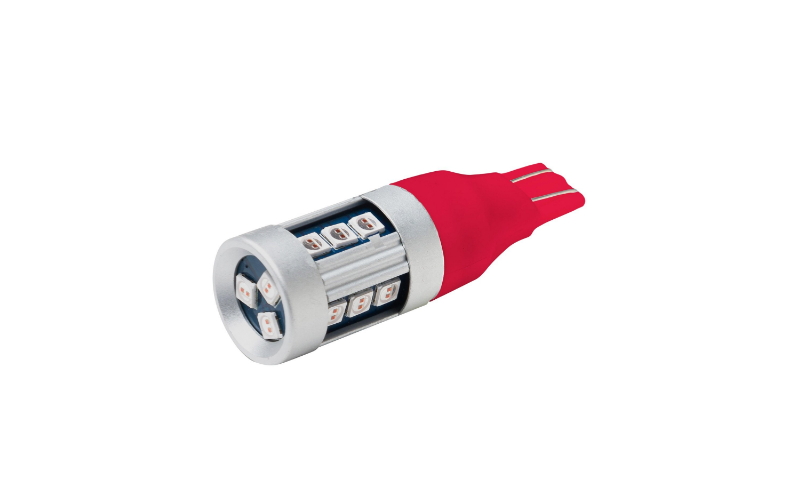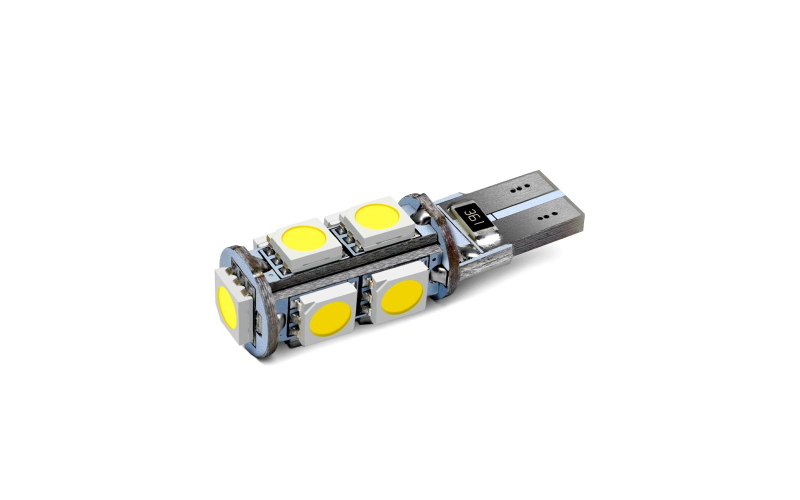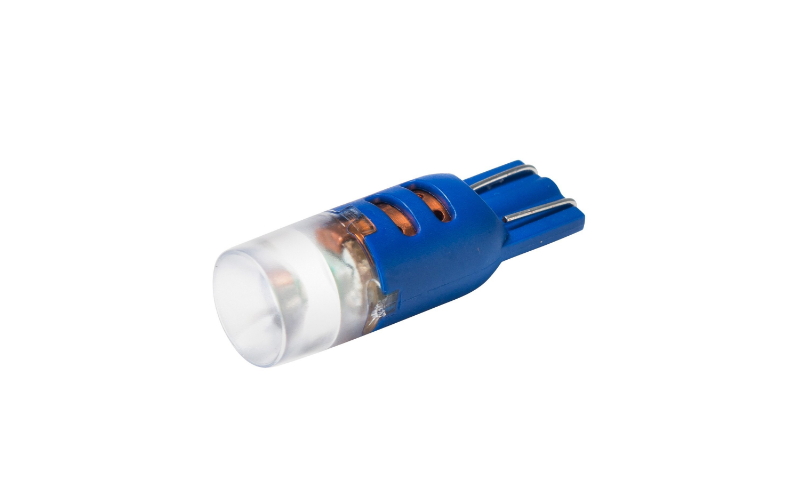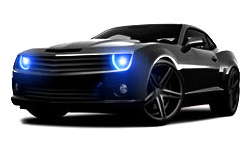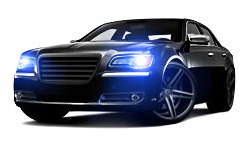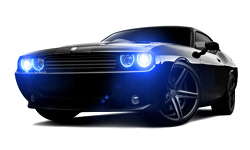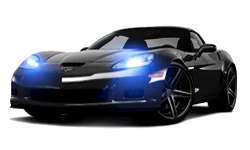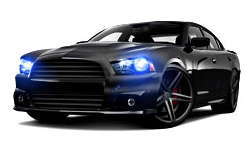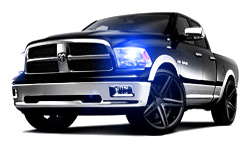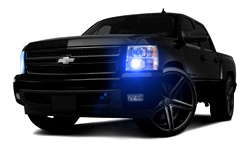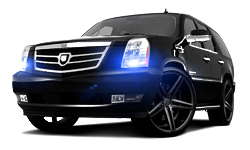How does Car Electric System Work
Electric system of every vehicle is a conjunction of numerous electric devices, conductors, wires and battery. The main purpose of car electrical system is to allow starting the engine once you turn the ignition key. When you drive your car or truck, the vehicle produces energy which is converted into electricity by means of alternator. This electricity charges the battery, which powers each and every device, from bulbs to audio system.
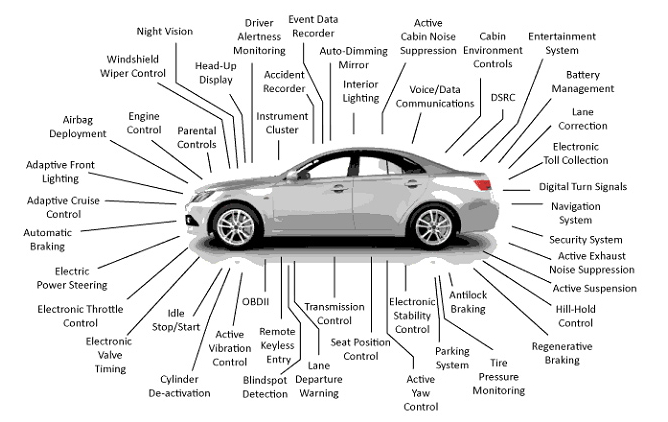

The Bosch Yellow Jackets 2003 - Motor-Vehicle Batteries and Electrical Systems
Not everyone should know each and every technical detail on how electric system works. Yet, it is good to know the basic things to be able to do minor maintenance to your car or truck, or shop for something electric. Here are the basic terms you want to know about the car electric system.

